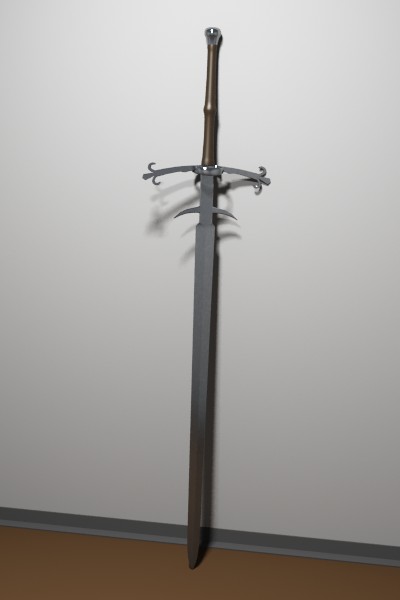Posts: 86 Location: Czech Republic
Mon 19 Apr, 2010 5:30 pm
I thank you for your helpful comments.
My sword is designed so that the blade is as long as realistically possible, hence the somewhat short ricasso and hilt. Both are within ranges observed on photos though.
It is quite likely that some photos which I used for reference were parade swords - I can't really distinguish them.
I will change the grip, pommel and crossguard. Blade only maybe (I will explain why). I'm gonna ask few specific questions:
1) Pommel - how is this type of pommel supposed to end? Plain or with nut? I seen both, but it seems authentic ones usually don't have nut.
2) Grip - I don't like the cigar shaped grips much. Is the current older style of grip out of place or just less likely.
3) Crossguard - I will probably put fleur de lys inside the siderings. I want to have crossguard appropriate for a fighting sword (not parade sword), but I'm not really sure how to distinguish these. Does this seem to be a fighting sword?
http://www.myArmoury.com/albums/displayimage.php?pos=-1728 Peter mentioned beast heads and other decorations, are these possible for a fighting sword? If yes, is there a picture where I can see something like that?
4) Blade - I'm aware the current blade would be too heavy for a fighting sword. I know exactly where the problems are - the the blade is too thick overally and too wide at the ricasso. Thinning it will bring down weight from 4kg to 3kg, also narrowing it at ricasso from 6cm to 4.5cm will bring weight down to manageable 2.5kg. I'm not sure about thinning the blade, because making the sword hard to see would be rather bad. I'm concerned that making the blade same width along entire length could make the blade look blunt/less capable than when slightly tapered.
